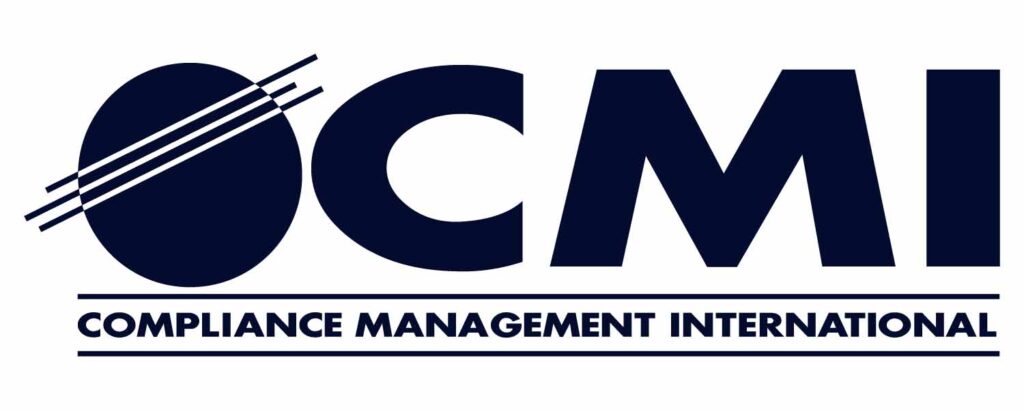On April 19, 2024, the United States Environmental Protection Agency (USEPA) released a final rule stating that two types of per- and polyfluoroalkyl substances (PFAS) – perfluorooctanoic acid (PFOA) and perfluorooctanesulfonic acid (PFOS), including their salts and structural isomers, are now classified as hazardous substances under the Comprehensive Environmental Response, Compensation, and Liability Act (CERCLA or Superfund). The final rule takes effect 60-days after USEPA publishes it in the Federal Register. The final rule was published in the Federal Register on May 8, 2024, meaning the final rule took effect starting July 8, 2024. The question being asked is: PFAS – CERCLA Hazardous Substances: Impact on Phase I ESAs?…
The effects of this hazardous substance classification affect multiple areas of the environmental consulting world, including the all appropriate inquiries (AAI) that CERCLA requires purchasers and lessees to perform in order to qualify for the affirmative defenses to Superfund liability, such as the bona fide prospective purchaser/lessee defense, the innocent landowner defense, and the contiguous property defense. One option to fulfill the requirements of AAI is the completion of the Phase I Environmental Site Assessment Process as outlined in ASTM E1527-21 – Standard Practice for Environmental Site Assessments, commonly referred to as a Phase I ESA.
The hazardous substance designation for the PFAS, PFOA and PFOS requires that they be addressed as part of the AAI, and therefore, the Phase I ESA as well. Many of us know that PFAS have been found at airports and military bases, as these are areas where fire-fighting training occurs (fire-fighting foam contains PFAS compounds). However, what may not be as widely known is that PFAS can be found in food packaging, commercial household products such as stain- and water- repellent fabrics, nonstick products, waxes, paints, cleaning products, personal care products such as shampoo, dental floss, nail polish and eye makeup, certain industrial facilities, drinking water, even living organisms such as fish and animals.
So how does this affect Phase I ESA’s? The answer is, of course, it depends. The goal of the Phase I ESA is to be able to identify recognized environmental conditions (REC’s). The term recognized environmental condition means (1) the presence of hazardous substances or petroleum products in, on, or at the subject property due to a release to the environment; (2) the likely presence of hazardous substances or petroleum products in, on, or at the subject property due to a release or likely release to the environment; or (3) the presence of hazardous substances or petroleum products in, on, or at the subject property under conditions that pose a material threat of a future release to the environment. Because of the widespread use of PFAS for over 70 years, their persistence in the environment (forever chemicals), and being found in a multitude of products, the presence or likely presence of PFAS at properties could potentially be greater than other hazardous substances and/or petroleum products.



